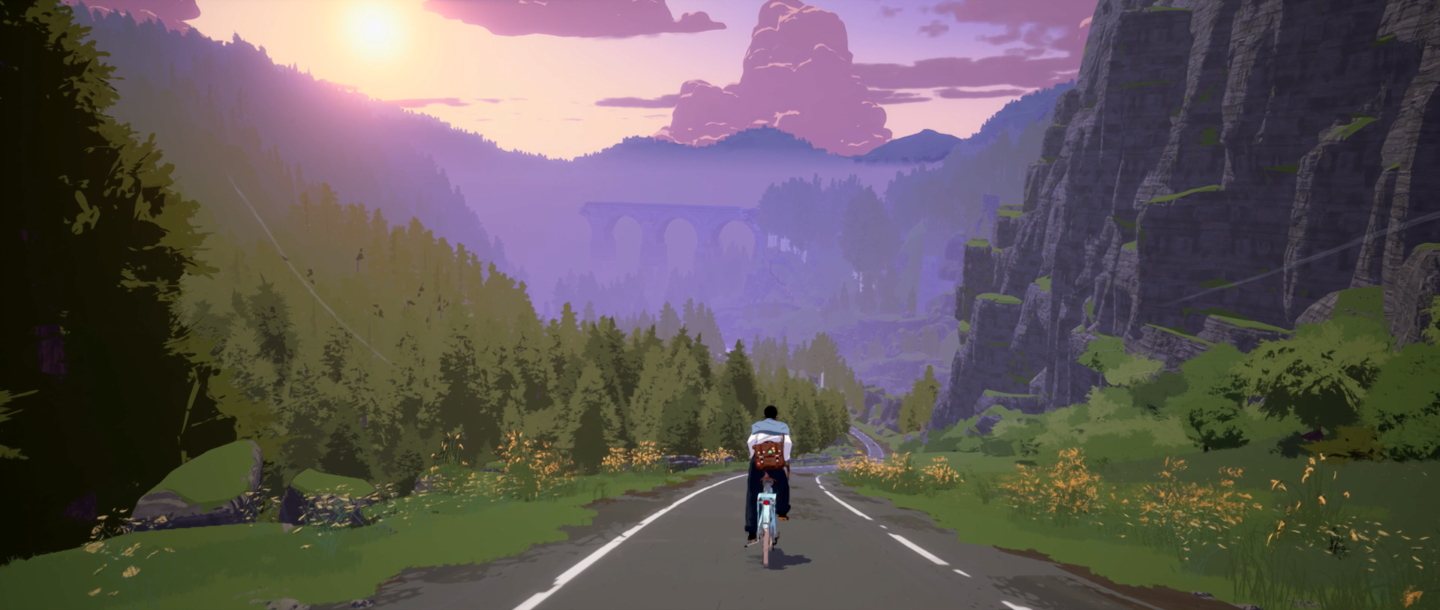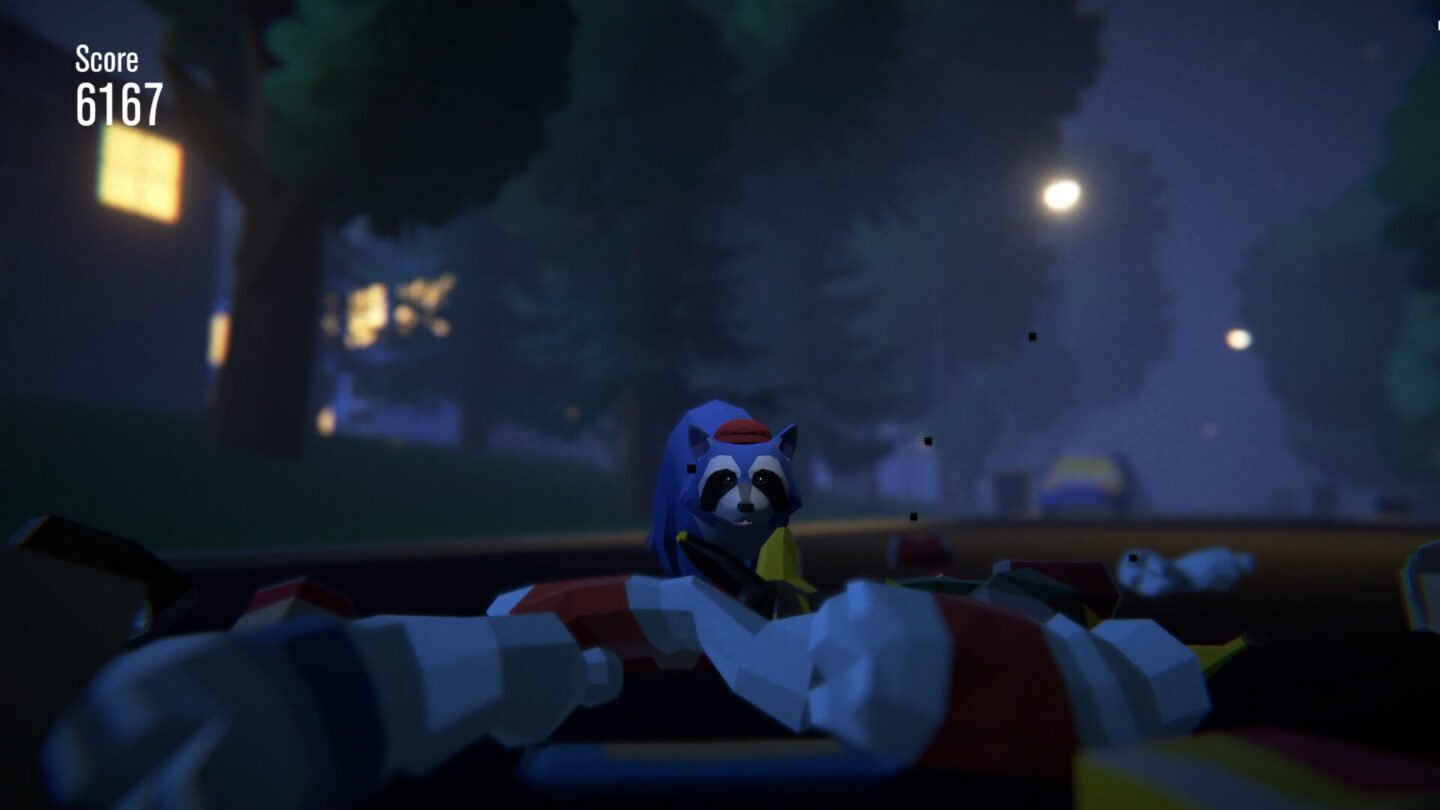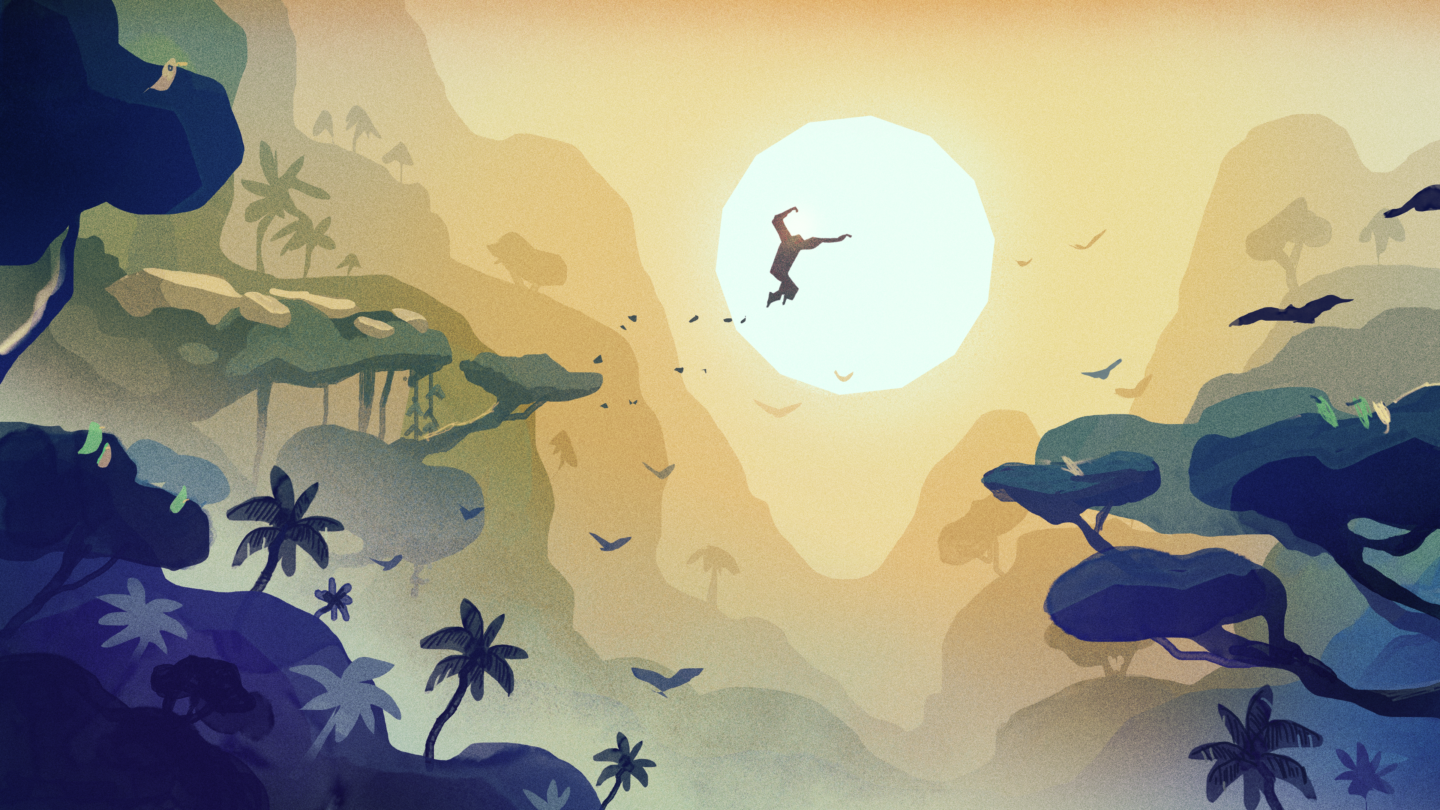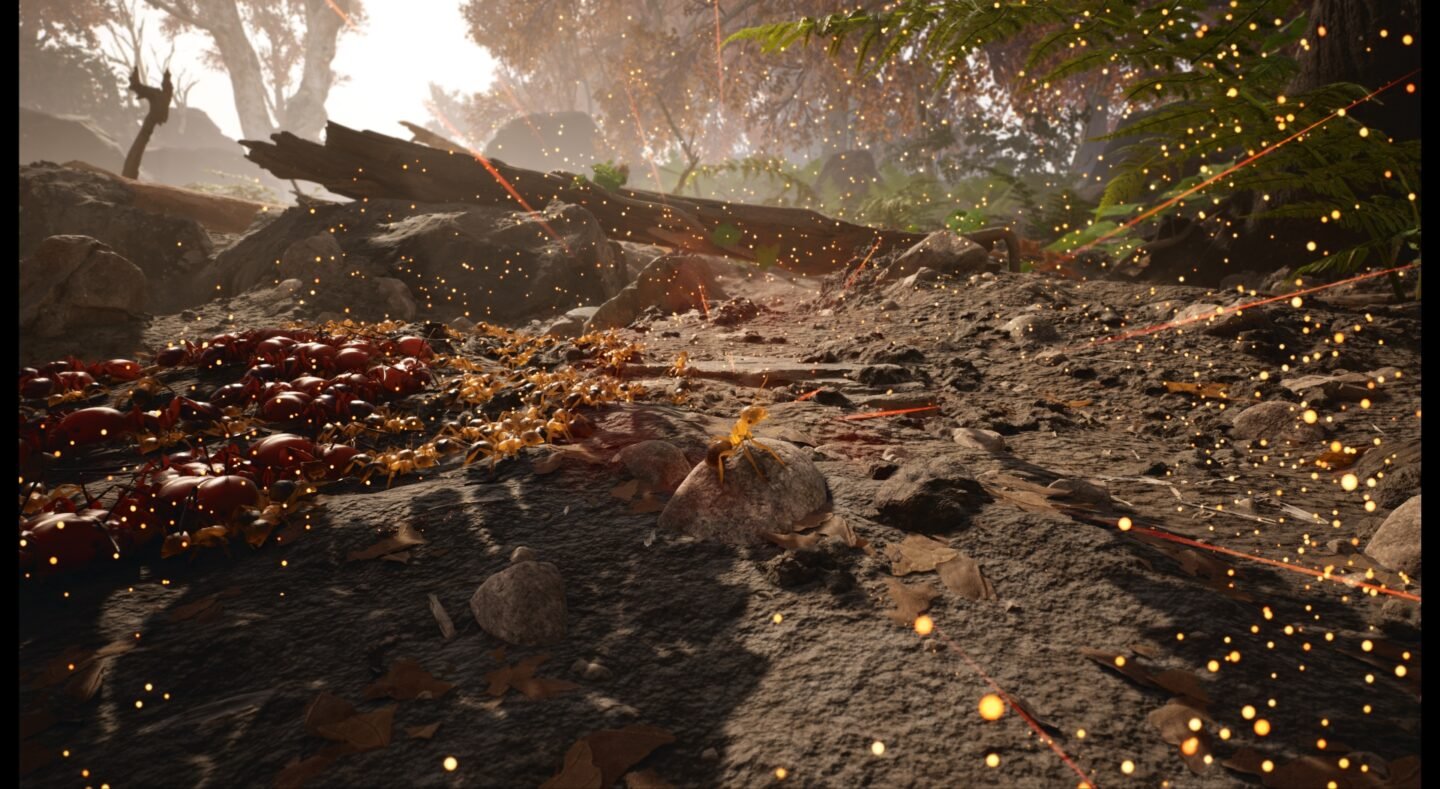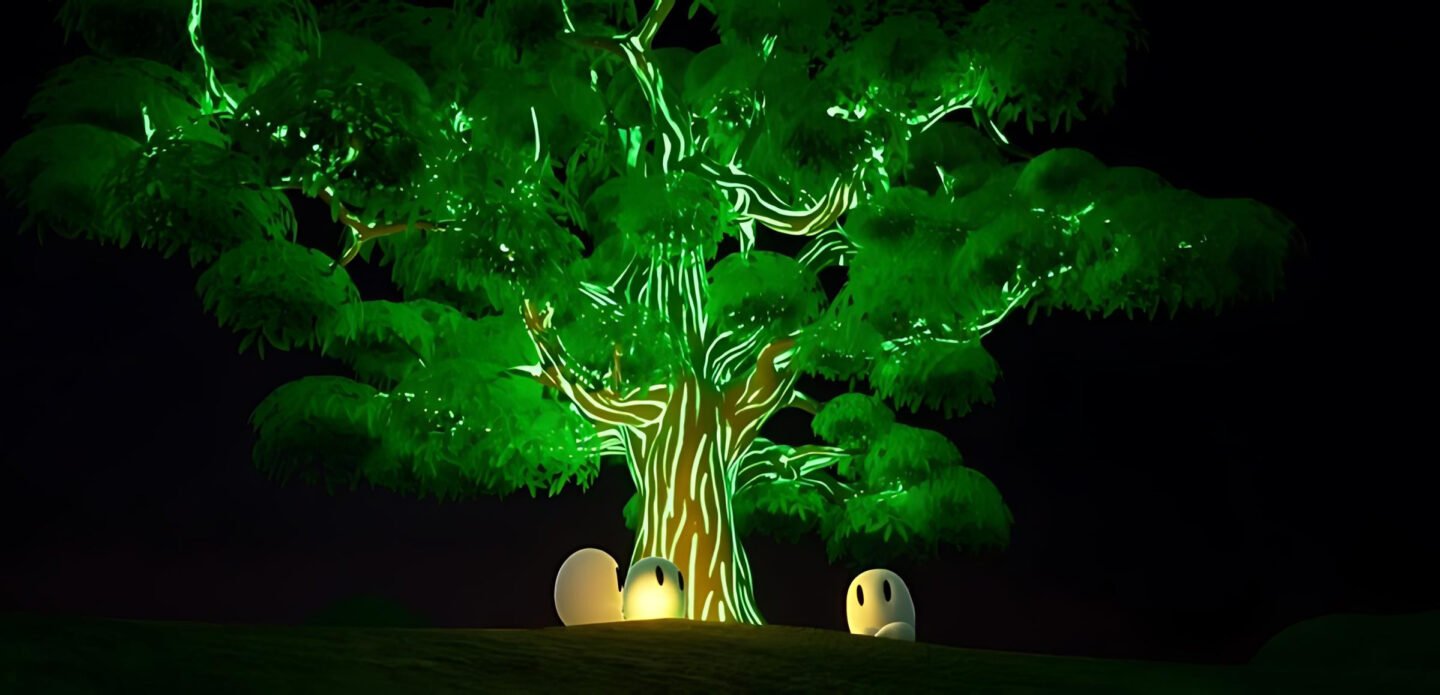It’s rather a simple premise — be a raccoon and knock over as much garbage in the streets of Toronto as possible. Featuring imported map data to create authentic Toronto neighbourhoods, Trash Panda offers a chance to see life from the inside of a bin.
A culmination of a lifetime fascination with the bandit-eyed animal for Jason Leaver, creator of Trash Panda, began on camping outings with his family as a young boy.
“I just loved them, I don’t think I understood at that age why I liked them so much, but I think it was the very anthropomorphic hands, and the thumbs, just the way they move. I mean no one can look at a raccoon and say they’re not adorable,” he says.
“Even my daughter, she gets the most excited about raccoons,” says Leaver. “My daughter and I will often go out and play detective with ‘what tracks are these? You know this looks like a dog, this looks like a fox — and nope, it’s raccoons.’
Leaver had his lightbulb moment as he was taking out the garbage one night.
“It was garbage night and I just thought, now what if you play as the raccoon, and your job is to be a nuisance, to make a mess. And that seemed like a lot of fun so I just started experimenting with that idea,” says Leaver, whose primary trade is filmmaking.
The Scarborough resident’s experiment took three years to complete, resulting in Trash Panda.
“The onus of the storytelling on the player. Because they’re inhabiting the world, their own personality comes through, for a friend of mine it was about moving all the bins together, and trying to create a sculpture out of them,” Leaver says. “Why was his raccoon building a pyramid of trash bins? I don’t know, but he knew — that was the story that he was telling. So ultimately, you know, the game did become a tool for the players to tell stories.”
Leaver sees storytelling and nature as a focus for his upcoming projects.
“That was my one regret about Trash Panda is I wasn’t able to figure out a way to tell a story, but with the games moving forward, I’m very much thinking about story. Whatever my next game is, nature will be a big part of it as well.”
SEASON: A letter to the future (2023)


